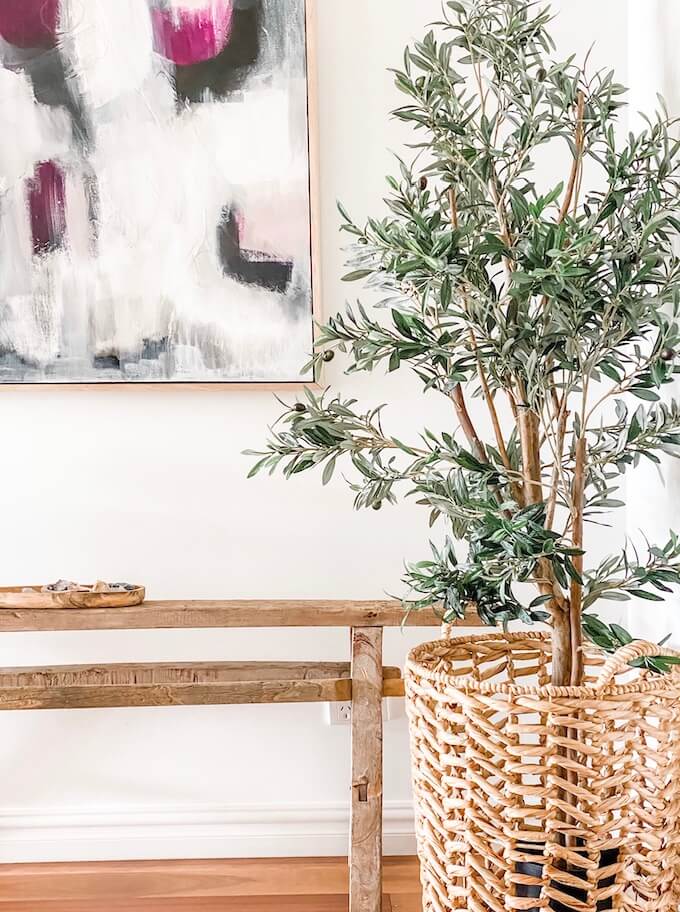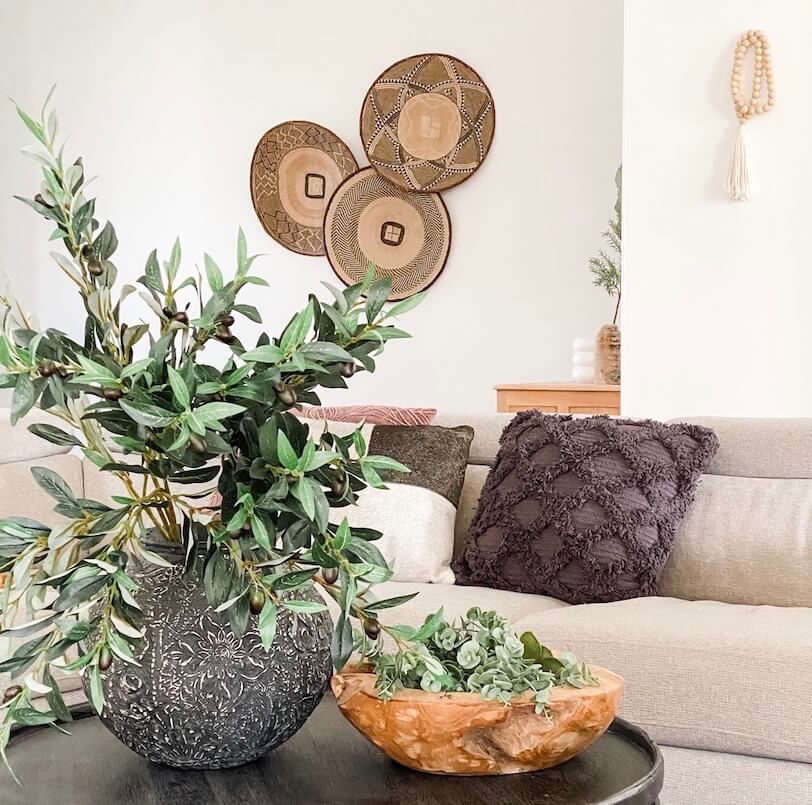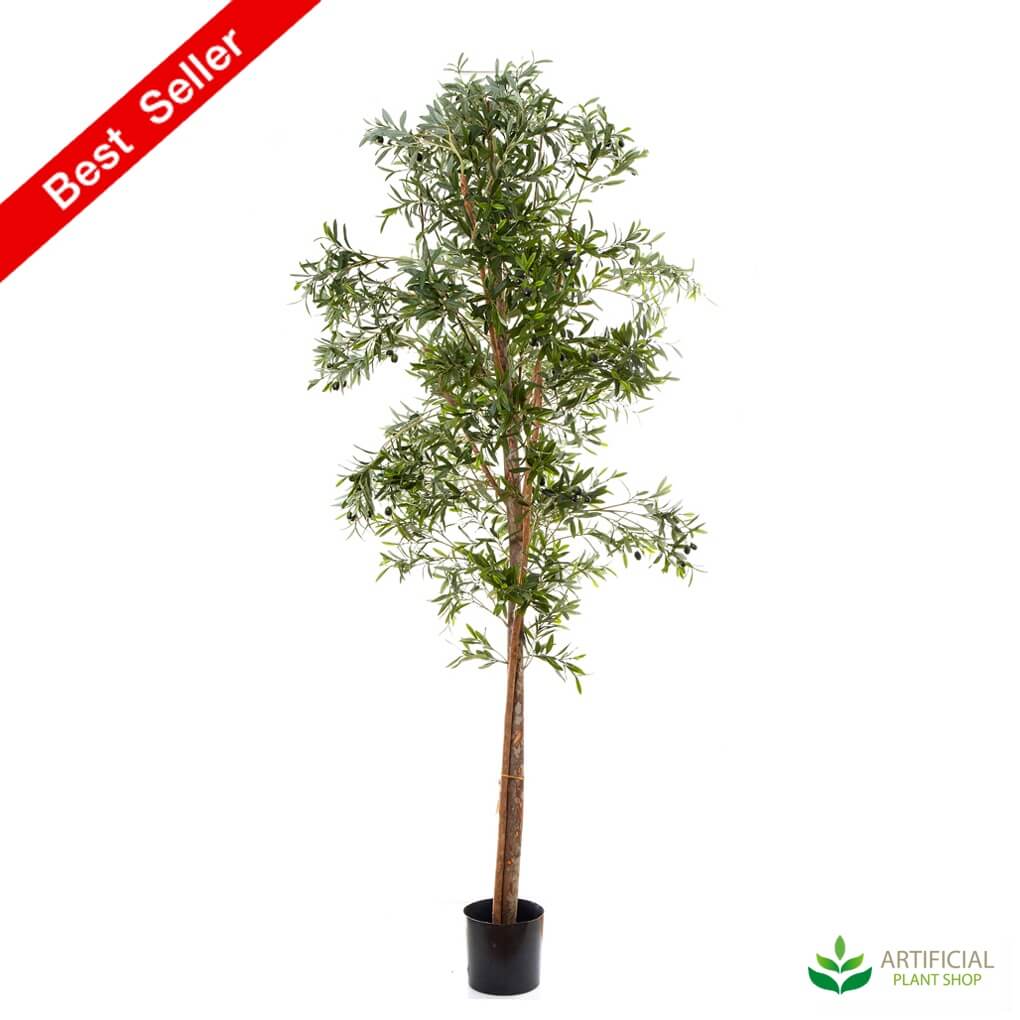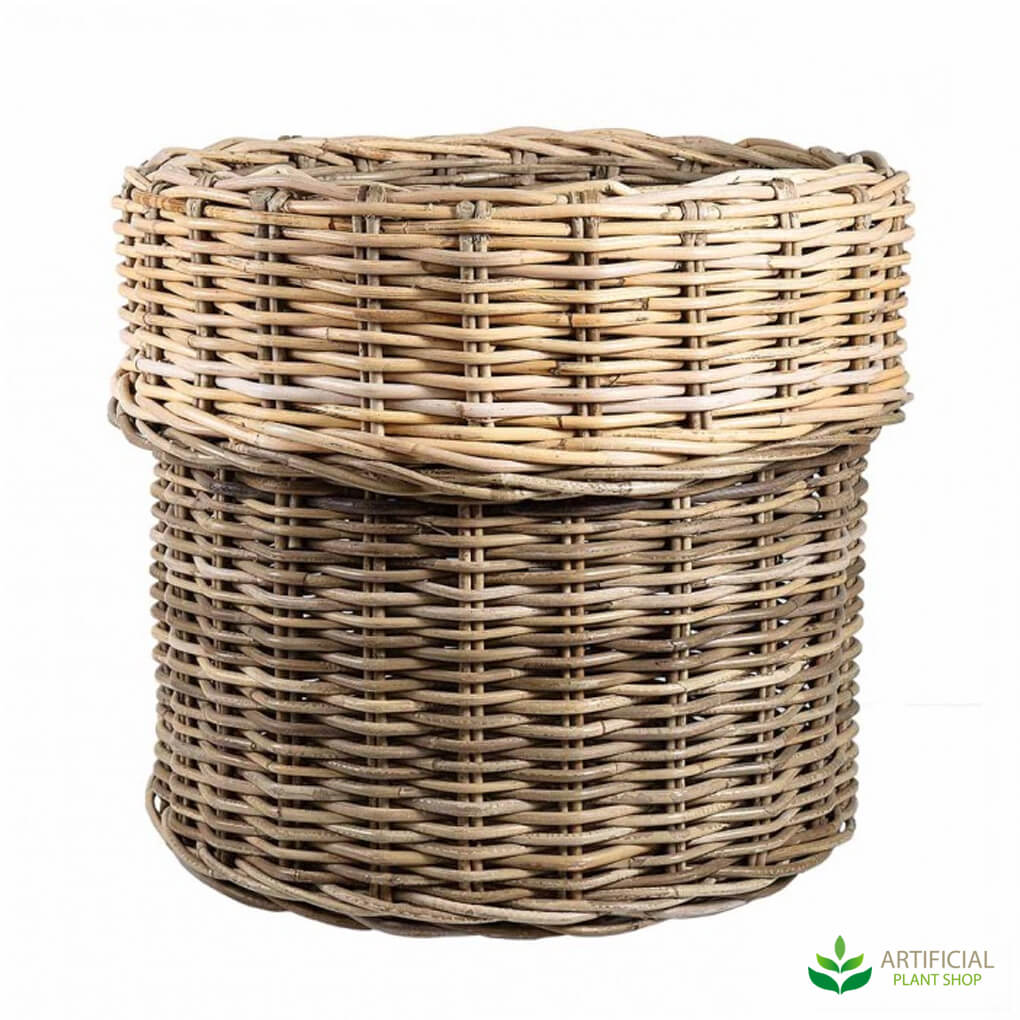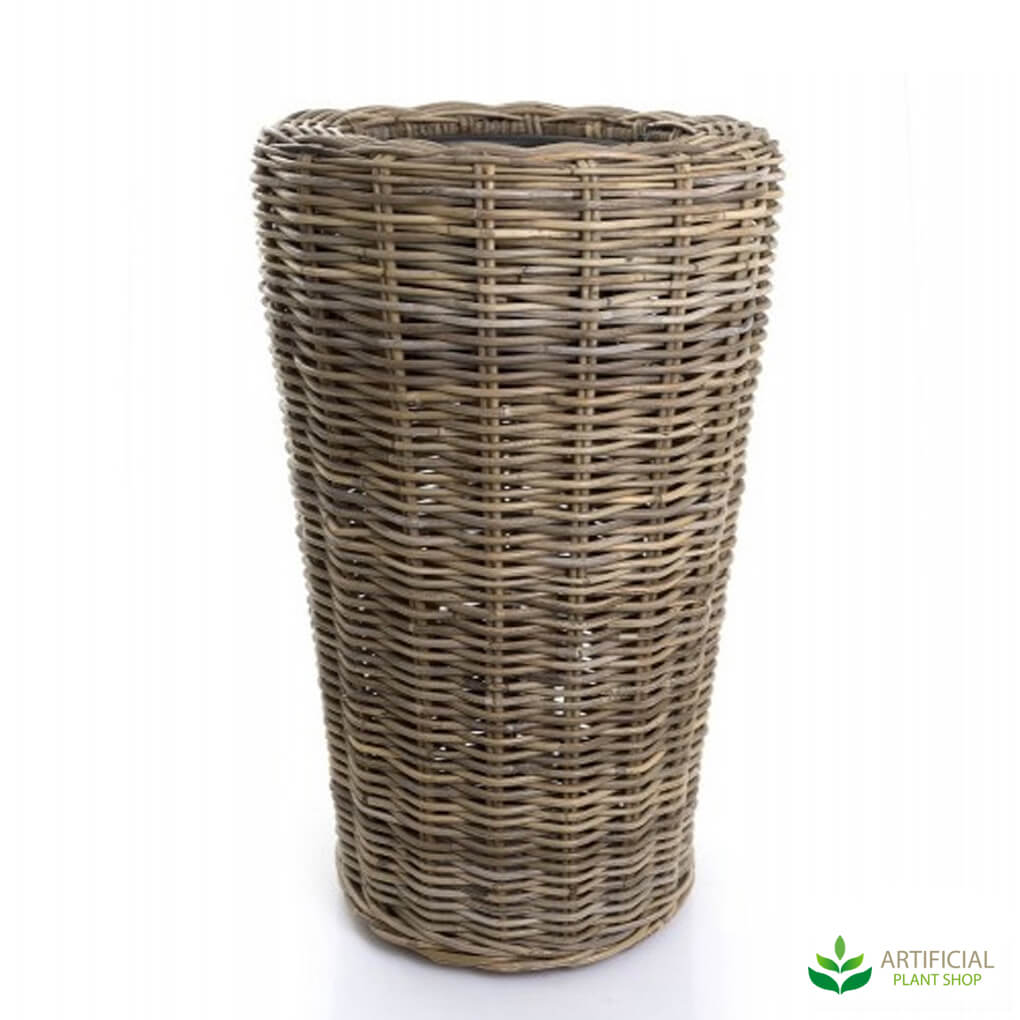The Ultimate Guide to a Faux Olive Tree
27th Mar 2023
The trend is picking up on the olive tree as the new-favorite décor element, and there’s a good chance you have your heart set on getting one yourself. Why shouldn’t you? After all, the olive tree is a gorgeous, elegant and eternal tree, great for adding that Mediterranean vibe to your space and a slower pace to your life. Plus, it’s a symbol of peace and tranquility, precisely because looking at it makes you feel so!
Houseplant trends are usually about people showing off their magical green thumb (think about the popular Monstera or the fiddle leaf fig). However, that isn’t the case with the olive tree at all; here, the trend is mainly about the faux olive tree instead! Olive trees are so notoriously difficult when it comes to growing indoors that even ardent plant lovers prefer to go the faux route with them.
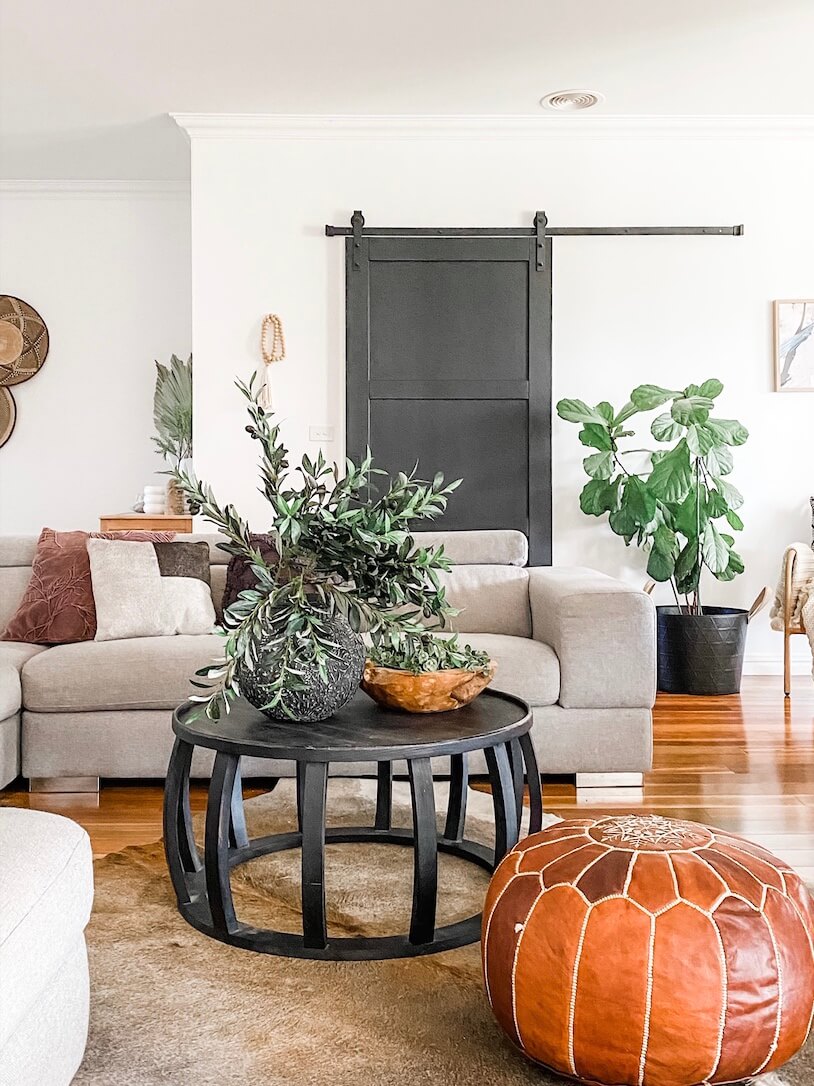

If you’re looking to jump on this trend and get the perfect artificial olive tree to adorn your living room, bedroom, office, or any other space, this detailed guide is for you. We’ve put together the expert tips that’ll help you pick out a faux olive tree Australia that looks so indistinguishable from the real ones that even a close inspection won’t give it away!
Why get a faux olive tree, not the real one
If you’re not entirely convinced about taking the faux path with the olive tree, here are some reasons you might have overlooked.
Faux olive trees don’t need the intense care that real ones do
Olive trees need a lot of watering, but not too much, either! They grow best in well-drained soil, which means you need a planter large enough that its depth exceeds that of the tree roots by at least a few inches. Plus, they need plenty of sunlight – at least 6 hours of direct sunlight a day. Chances are you’ll have to keep moving the plant to different locations in the house – maybe even outdoors – to ensure it gets adequate sunlight.
The artificial olive tree, like any other artificial plant, comes with no maintenance hassles. Apart from the occasional dusting, it asks for no attention at all
Real olive trees will outgrow the space in just a couple of years
Olive trees are hard to grow, but once they catch on, they grow so quickly that they’ll no longer fit in the space you’d set aside for them. Their roots also go deep, which means that beyond a point, they’ll need to be planted in the ground, outdoors. On the other hand, your faux olive tree will stay the same – pretty and charming – for several years to come.

Fake olive trees come with no risk of dying
Live olive trees are expensive. Tall, mature ones can cost as much as $300-$400! Apart from the initial cost of buying them, you also need to invest years of time and effort in growing them. You take a big risk with the live olive tree, especially considering the fact that it could easily get sick and die even after your best efforts to keep it alive and healthy. In contrast, faux olive trees never get sick or lose their leaves; they look great for years.
Many people are averse to the scent of olive trees
Olive trees can have an overpowering scent, especially when the flowers are in bloom during the spring season. Artificial olive trees come with no scents as well as no worries.
No fear of allergies
A live olive tree can be just as allergy-triggering as any other live tree around you, so if you’re prone to pollen allergies, it might be a wise idea to avoid getting one home. Faux is the way to go to beat those allergy risks.
Faux olive trees don’t create a mess like live ones do
Olive trees need regular watering, which can be a messy affair indoors. Plus, the trees shed leaves and fruits that can add to the cleaning hassles. The fake olive tree is an excellent option if you’re all about that ‘life with no mess.’
What to consider before buying an artificial olive tree?
Once you’ve decided to go ahead with the faux olive tree, it’s a good idea to consider the following:
Where you’ll be placing it
Buying the tree first and then finding the perfect spot for it can lead to a mismatched, chaotic placement that won’t get you the most of your lovely faux green. Considering the large variety of different shapes, sizes, and foliage densities available here at the Artificial Plant Shop, it’s instead a better idea to find the right space and then look for the perfect faux olive tree to fill it.

The height of the tree and your ceiling height
Artificial olive trees are available in heights up to 2.4m! It’s a good idea to leave about 30-60cm of clear space between the tree top and the ceiling because, without it, your low ceiling could feel even lower. Don’t forget to measure up your ceiling height before you make any buying decisions.
Consider the backdrop too
Unlike the artificial monstera or fiddle leaf fig tree that comes with huge, bold leaves, the olive tree has a dainty, delicate, and elegant aesthetic that’s best highlighted against neutral backdrops like whites, off-whites, beiges, and greys. Bright and bold contrasts will easily subdue their grace and charm.
Cost
When it comes to buying a faux olive tree, you get exactly what you pay for. While you’ll have no trouble finding one for under $100, there’s a good chance they’ll remind you of those tacky fakes from two decades ago that made you hesitant about considering faux plants at all in the first place! Premium artificial plants tend to be relatively expensive, but it is definitely worth considering especially if you want an ultra-lifelike faux olive tree Australia for that classy and sophisticated vibe you’re after. Compared to a real one… the costs end up being similar to a high quality faux.
How to pick the right faux olive tree?
With so many options out there, how do you make sure you pick the right faux olive tree to embellish your space? Here are some points that’ll help:
Make sure your faux tree looks real up close
Your motto with anything fake should be ‘if it’s not lifelike, then what’s the point?’ Make sure your artificial plants are as natural-looking as possible. At Artificial Plant Shop, that is a big tick… every plant we have is carefully crafted to be ultra lifelike.
If you plan to buy a fake olive tree, you must not compromise on quality. Good ones are almost indistinguishable from the real ones, even up close. The really good ones might even be real-touch, so they’re almost impossible to tell apart from the real ones!
Check the foliage
Real olive trees are never symmetrical, so your fake tree shouldn’t be either. Compare a photo of the faux tree you’re considering buying against that of a real one to make sure the foliage looks believable. ‘Perfect’ is never good here. You want trees that have branches of different lengths and imperfect angles.
Look for different shades of green in the leaves
It’s the colour variation that adds a lovely texture to the Olive Tree, so make sure your faux one has it too. Look for at least 3-4 different shades of green for realism.
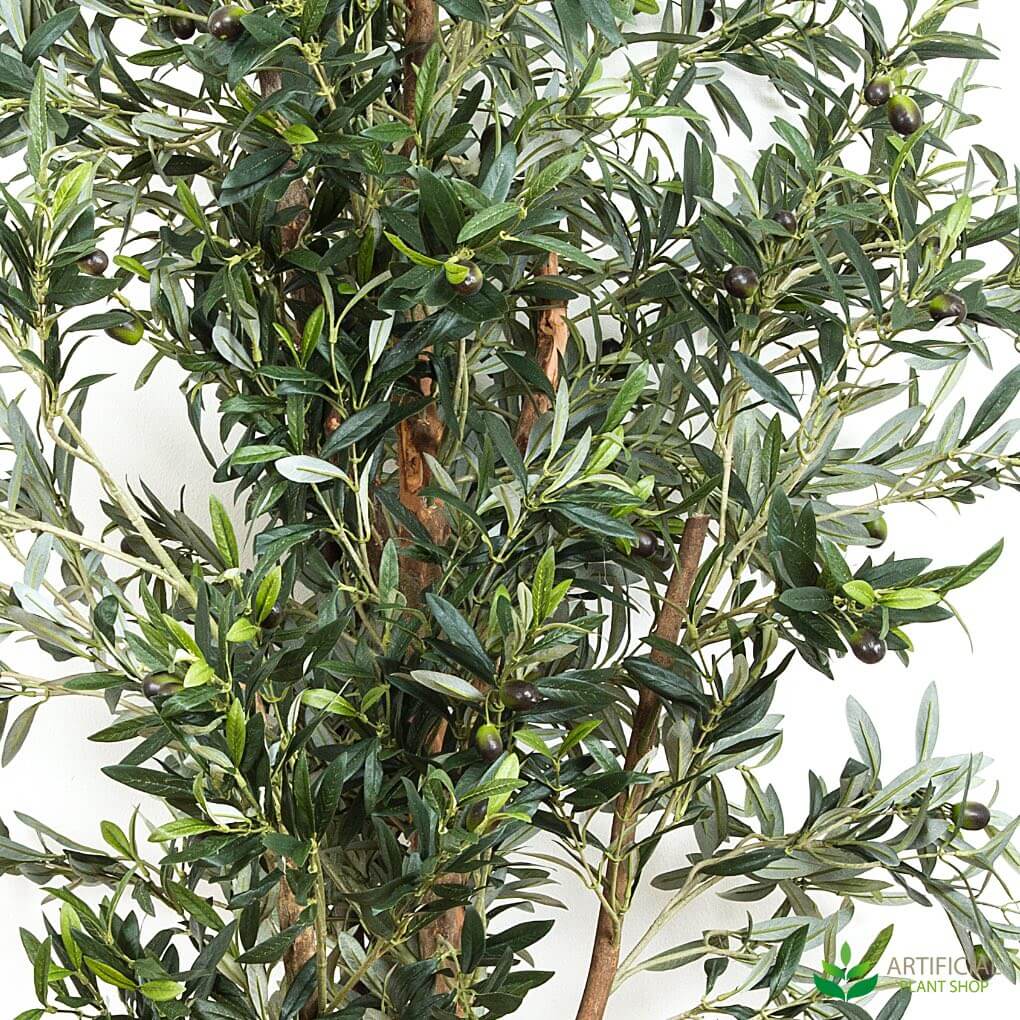
Check if the bark looks real
One of the most convincing elements of any tremendous artificial tree is the bark. While many manufacturers will put in the effort to make the foliage look realistic, they fail when it comes to the bark, for it is indeed hard to emulate. But a premium faux olive tree in Australia will be so thought-out that it’ll use real, recycled bark! Yes, that’s the kind of ‘realistic’ you should be after. That is just the thing we specialise in.
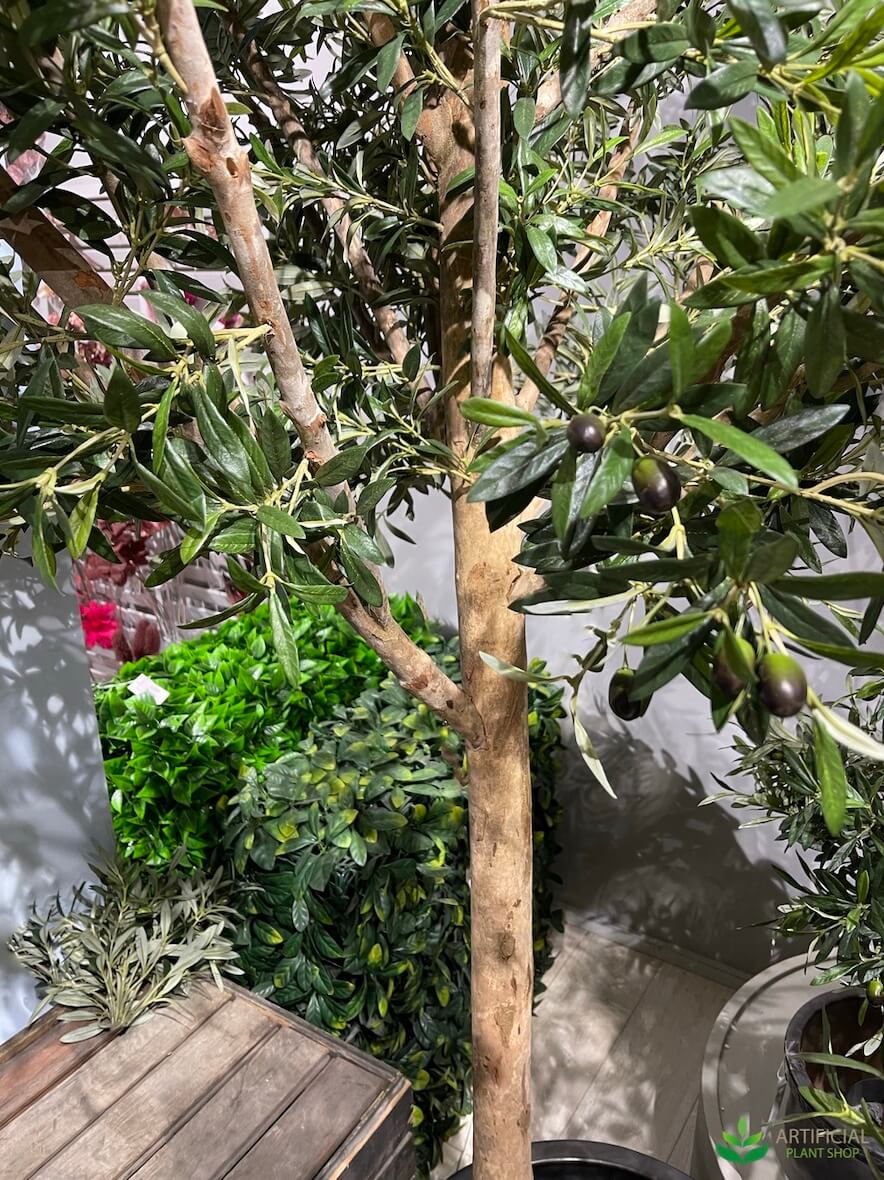
Look at the leaf details
There are two things to check for while conducting your faux olive tree ‘fitness’ test when it comes to the leaves department. One, make sure that the leaves don’t look transparent and plastic-y, especially against sunlight. Even if the manufacturer touts the material to be UV-resistant, don’t stand for it. This plastic-y look simply screams fake.
Second, look at the vein patterns on the leaves. Are they simply printed on, or do they look etched with some relief texture that looks more real? Also, check to see if the leaves have veins even on the underside. Don’t hesitate to keep an eye out for details and be extremely picky when it comes to quality!

Don’t forget to check the fruits!
Fake olives are like the ‘cherry-on-top’ of your faux olive tree. If you’re getting a tree with its fruits, don’t forget to inspect the olives too, to make sure they look just like their real counterparts. Some variation in colour – some black, some green, and others with a mix of green and black (as if they’re mid-ripening!) means you’ve got the perfect fake!
How to make your faux olive tree look real?
So, you’ve done the first part right and got yourself the perfect fake olive tree. But the ‘is it real?’ game doesn’t end just there, for you don’t want to give your fake tree away just because you weren’t thoughtful about how you’d place it! Here are some tips to make sure your faux olive tree doesn’t look fake:
Styling
When you Olive Tree arrives, it will be tightly packed for safe transport, so you’ll need to unbox it and fluff out the leaves. Styling those leaves and leaf clusters will make all the difference in how lifelike your new tree looks.
Keep it dust free
The only trouble with fake plants is that they tend to attract dust when not cleaned over a period of time, and this can be a big giveaway. The solution is simple – wipe your olive tree leaves every few weeks to keep them dust free! You can even take your plant outside and wash it with a gentle spray of water for some thorough cleaning once every 6 months or so.
Place your faux olive tree in a large planter
Most artificial olive trees come with a tiny pot base which is sufficient to hold them in place, but it would be impossibly and unrealistically small for a ‘real’ olive tree! To keep the disguise strong, place your faux tree in a larger planter that goes with the overall décor of your space. Add height by stuffing the bottom with some wood or a brick or recycled Styrofoam chunks so that the base doesn’t get hidden within the planter.

Are you wondering what type of pot or planter to go for? Well, the sky’s the limit for your imagination here! If you’re fond of that Boho vibe and if it defines the rest of your décor, go for a woven rattan basket. If you’re in love with everything Mediterranean, consider a terracotta pot instead. For a chic, modern aesthetic, go for a stone look or concrete pot.
For a more realistic touch, you could also make your planter look aged by dabbing some brown/dark green paint on it. After all, if it were a real olive tree, the planter would have some dirt and moss on it, given the perpetual exposure to moisture, wouldn’t it?
Cover the base with artificial moss
One of the best ways to make your artificial plants look real is to mix in some natural elements. While the high-quality faux olive trees will come with a base that already looks realistic, you could also complement it with some faux moss. We have moss pads that work perfect for this.
If you’re using a larger planter, stuff it with crushed newspaper or recycled Styrofoam so that the tree base and the ring around it are on the same level. Then spread some soil over the base and add the preserved moss. You could also throw in a few pebbles or stones to make it look more interesting.

Keep your artificial plant in lighter areas
Your faux olive tree won’t be able to pass off as a real one if it’s ‘growing healthily’ in a dark corner of a room, will it? Everybody knows the olive tree needs plenty of natural light, so seeing your tree devoid of sunlight will only confirm ‘fake!’ to the suspecting visitors. To avoid that, place your artificial tree in the lighter areas of your home. Natural light will also enhance the aesthetics of your tree and its backdrop décor.
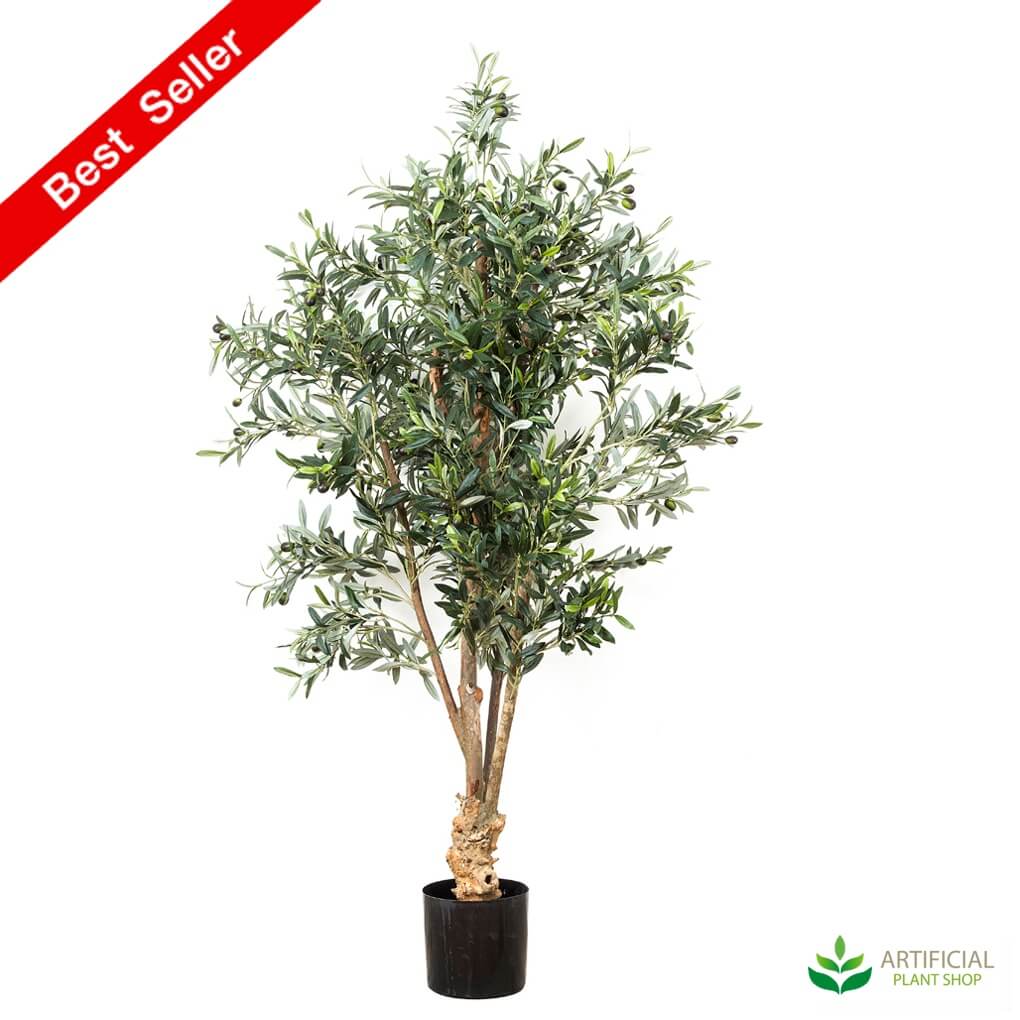 |
|
How to style your faux olive tree
While there is no amount of styling that will make a poor quality artificial tree look real, it is possible to make a high quality tree look fake with poor styling. Here are the pro-tips you need to know in order to have your faux Olive look just like the real thing...
Use our photos as a guide
The easiest thing to help you out when styling your tree is to use our product photos as a guide as to what it should look like when it's all set up. After all, we style each and every tree in our range when we take the photos so the quickest way to get your tree set up and look super natural is to replicate what we've done.
Replicate Nature
Nature tends to be uniform, but not too uniform. A little unique, but not too unique (by that we mean branches and leaf clusters going in different directions. What you're aiming for is replicating nature, think about how the branches grow and what a healthy Olive Tree looks like when it's healthy. We all know that a real tree has leaves that droop over when it doesn't get enough water, whereas a healthy younger tree has branches and shoots that are more vertical, spanning outwards and expanding into the big wide world. So when you're styling the branches, don't bend them too much or they'll look droopy. Don't space the branches and leaf clusters together too much or they will look clumpy.
Rotate the Tree to find it's best angle
As our faux olive trees are made with real timber, the branches will slightly differ between every tree. Every tree will have a particular side that we all like best, so when you've completely styled your tree, spin it around and stand back to see if that's the right look for your space. Keep rotating the Olive Tree until you find the right angle.
Get the perfect lifelike faux olive tree…
An olive tree can do wonders to any modern, artistic, or even minimalistic décor, adding a warm and inviting vibe to your space. A high-quality ultra-lifelike faux olive tree will let you achieve all that and more without the many hassles of a live tree. So take these tips and jump on that olive tree décor trend- we promise- even the most discerning eye will find it hard to tell the difference!



